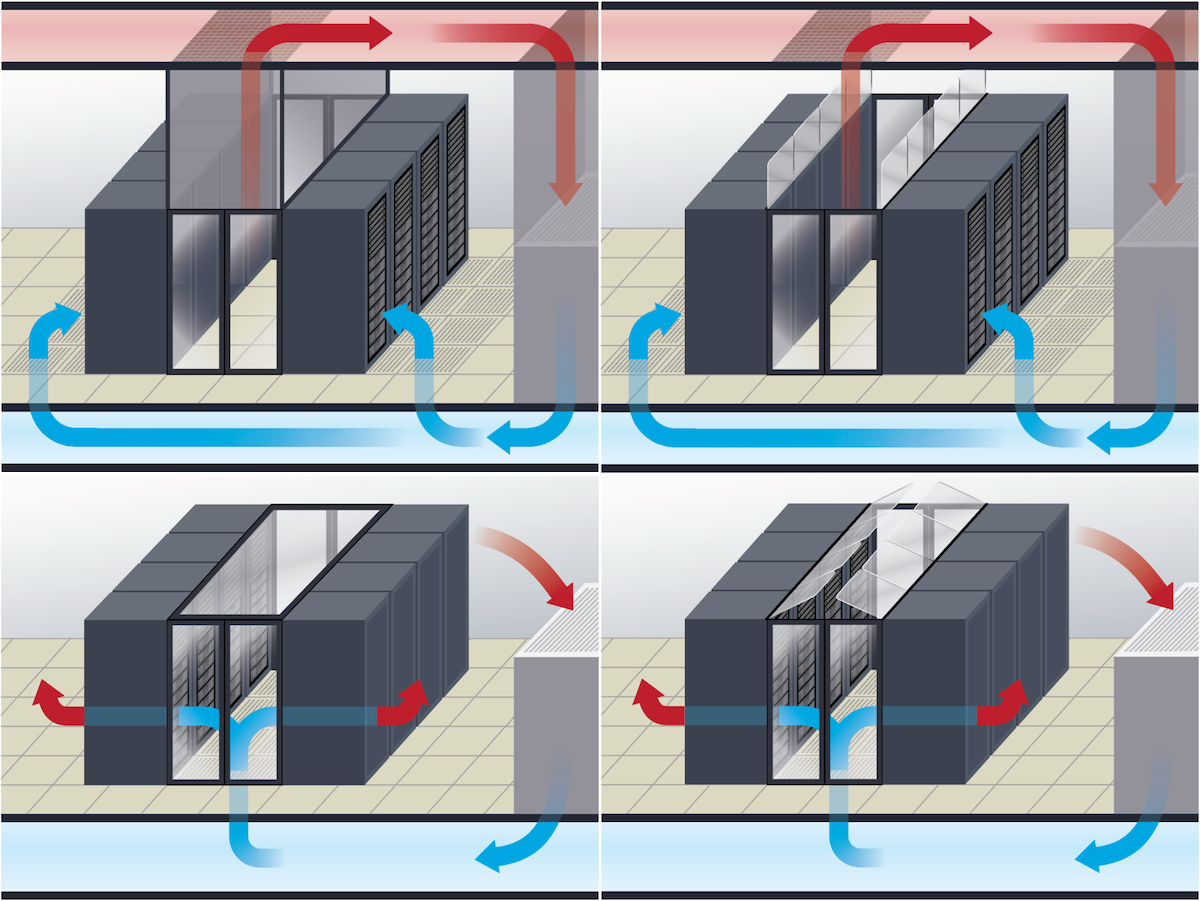[VIDEO] The Science of Data Center Containment12 min read

Whether you’re implementing hot aisle or cold aisle containment, modular or legacy containment, or soft or hard containment, the overarching goal is to prevent the mixing of cold supply air with hot exhaust air. How effectively you do this does somewhat depend on the method that is used as well as what other airflow management initiatives are in place, however, when it comes to reaping the benefits in terms of cooling efficiency and cost savings, we first need to understand the underlying science.
It’s important to note that airflow management alone does not save you any money on cooling energy costs, instead it improves IT equipment intake temperatures and enables you to make changes to the cooling infrastructure. Reason being, if you have implemented these airflow management solutions correctly, you should now have an excess of conditioned supply air in your cold aisles because there is no longer any mixing of exhaust air with conditioned air, and vice versa. The next step is matching the cooling required by the IT load with what is being supplied by the cooling units.
The industry's first and only tool-less containment solution!
AisleLok® is the industry’s first modular containment solution,
proven to provide the core benefits of containment with greater flexibility and value.
The industry's first and only tool-less containment solution!
AisleLok® is the industry’s first modular containment solution,
proven to provide the core benefits of containment with greater flexibility and value.
0 Comments